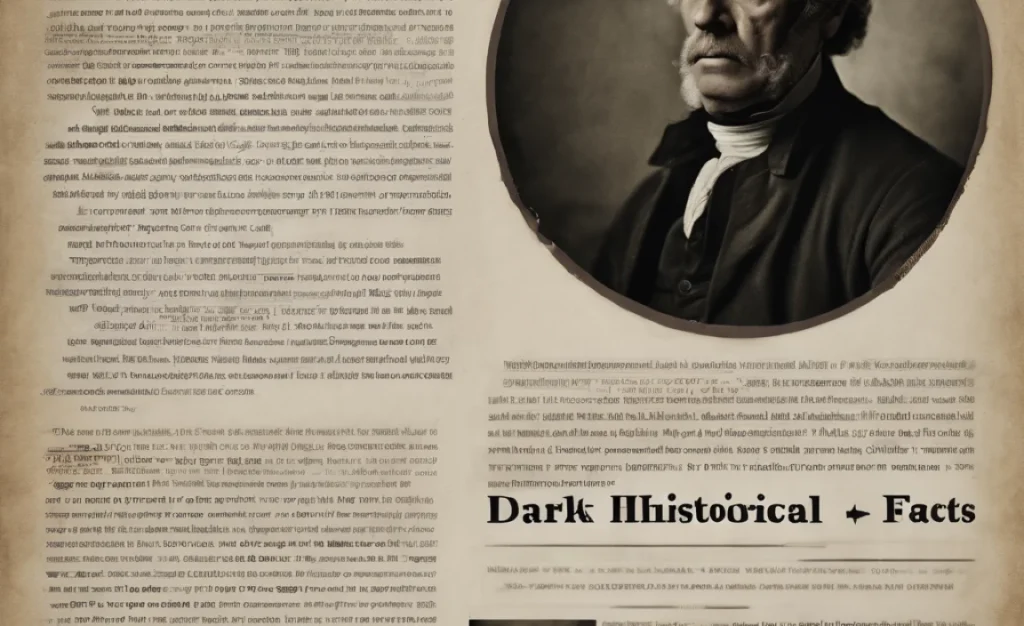Have you ever wondered about the hidden secrets of history? History is full of amazing tales, but not all of them are bright. Some stories are mysterious and even a bit scary. These are called dark historical facts. They remind us of the mysterious sides of the past and make us think. Let’s dive into these interesting stories and learn more!
Key Takeaways
- Dark historical facts reveal the mysterious past.
- History has both bright and dark sides.
- Learning the past can help us today.
- Curious kids love exploring history’s mysteries.
- Understanding history makes the world less confusing.
Dark Historical Facts About Ancient Times
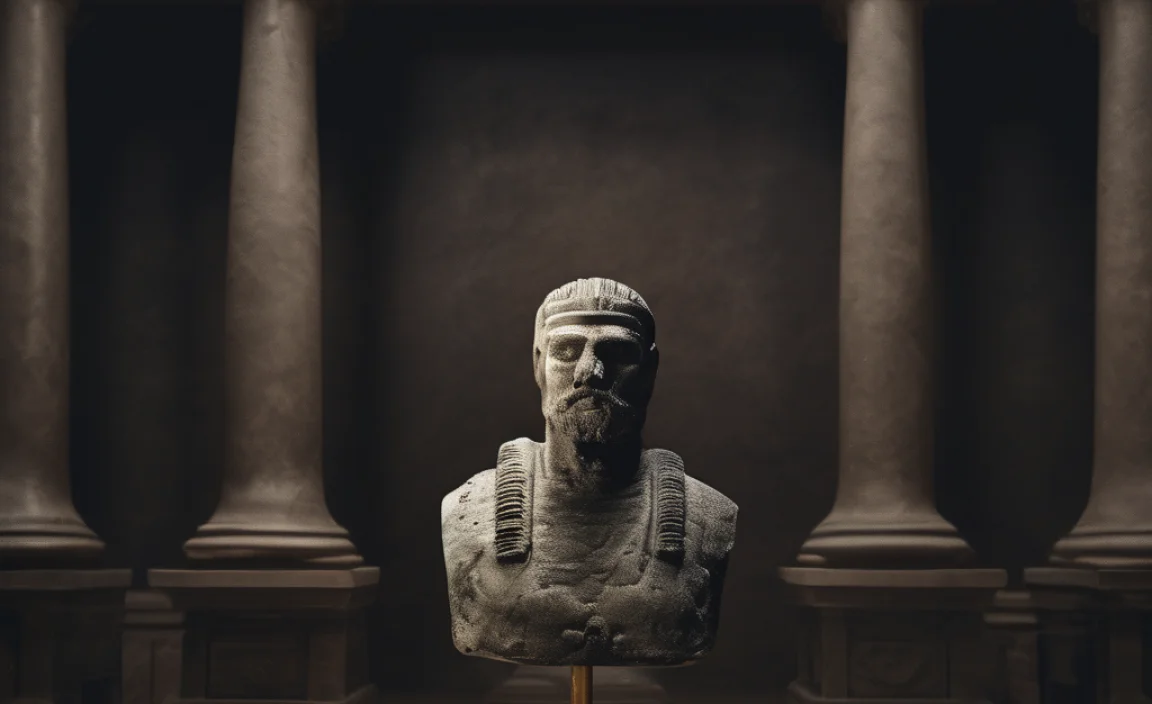
Ancient times were full of mysteries and secrets. People back then wrote stories on stone and painted on cave walls. They believed in powerful gods and feared natural events like storms and eclipses. These dark historical facts tell us about their beliefs and how they lived. People in ancient times often worried about things they couldn’t control, like nature or sickness.
- Ancient people worshipped many gods.
- They feared natural disasters greatly.
- Stories were passed down orally.
- They used symbols to communicate.
- Some cultures practiced human sacrifices.
- Pyramids were built as tombs for the dead.
- They believed in an afterlife for the dead.
Understanding ancient times can be like solving a puzzle. Every piece helps us see the bigger picture. Many of these dark historical facts show us how similar we still are today. We still try to understand the world around us, just like the ancients. Their stories teach us about resilience and creativity in the face of the unknown.
Fun Fact or Stats : The Great Pyramid of Giza was built over 4,500 years ago!
Why Were Pyramids Built?
Pyramids are one of the most famous symbols of ancient Egypt. But do you know why they were built? Pyramids were giant tombs for pharaohs, the kings of Egypt. They believed these structures helped them in the afterlife. The pyramids were built using thousands of workers and heavy stones. It’s astonishing to think about the effort involved without modern machines! Would you want to help build one?
What Did Ancient People Fear?
Imagine living in a time when everything was magical and mysterious. Ancient people feared many things. They did not understand natural disasters or sickness. A thunderstorm could seem like a god’s anger. They made up stories to explain these events. These tales are part of the dark historical facts from that time. Can you think of something we once feared but now understand?
How Did Ancient People Communicate?
Before writing, people used symbols and drawings. They carved into stone or painted on walls. This early communication was a huge step for humankind. Imagine telling a story without words! As time went on, they invented writing systems. These helped record laws, stories, and history. Communication was key to their survival and growth, making it a rich source of dark historical facts.
Uncovering Medieval Mysteries
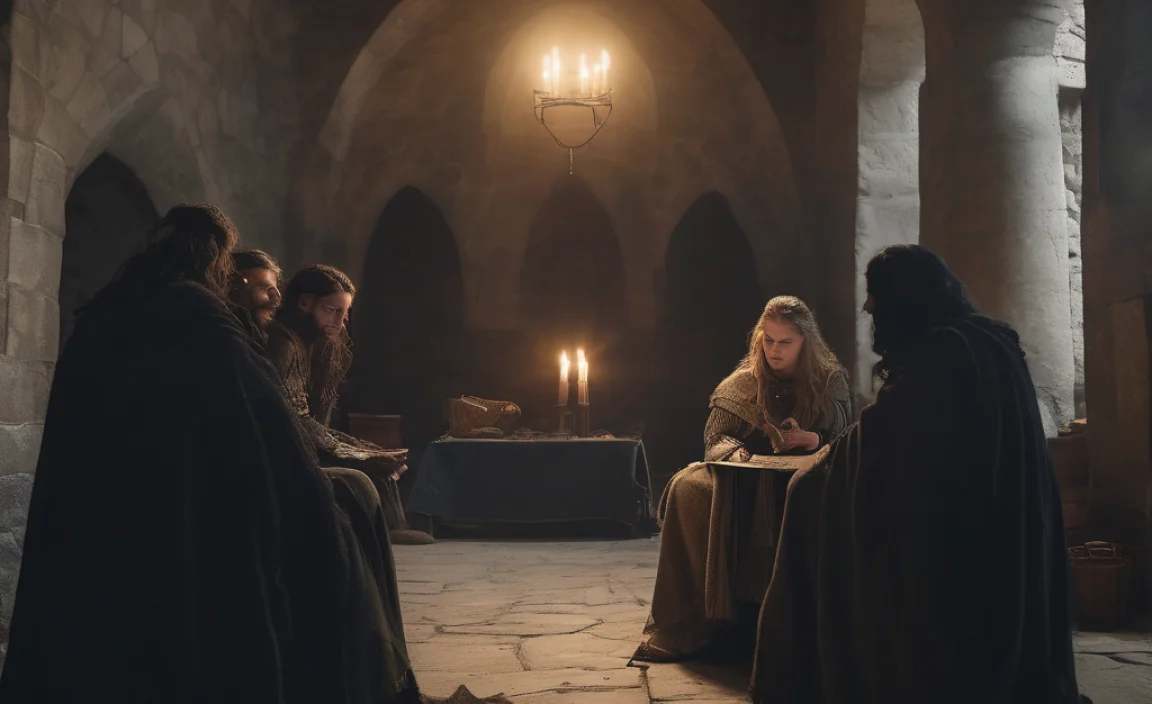
The medieval period, also known as the Middle Ages, was a time of knights and castles. But it was also a time of plagues and battles. Dark historical facts from this era include the Black Death, a deadly plague that swept across Europe. It killed millions and changed history forever. The medieval period was a mix of bravery and fear, invention and superstition.
- Knights served lords and kings.
- Castles were fortresses and homes.
- The Black Death was a deadly plague.
- Medieval times had limited medical knowledge.
- Superstitions influenced everyday life.
- People believed in witchcraft and magic.
- Religion shaped laws and customs.
Even in the darkness, there was light. The medieval period led to many inventions and discoveries. People learned more about farming, building, and even medicine. Dark historical facts from this time remind us of human resilience. They show how people can adapt and thrive, even in tough times. The stories of knights, castles, and the Black Death continue to fascinate us today.
Fun Fact or Stats : The Black Death killed an estimated 25 million people in Europe.
What Was the Black Death?
The Black Death was a terrible plague that spread across Europe in the 14th century. It was caused by fleas on rats and killed millions of people. The disease spread quickly and caused fear everywhere. It was one of the darkest times in history. People didn’t understand germs and often blamed magic or evil spirits. Imagine being afraid of something you couldn’t see!
Who Were the Knights?
Knights were warriors who served their lords during the medieval period. They wore armor and rode horses, protecting castles and lands. Knights followed a code of honor called chivalry. They were expected to be brave, loyal, and fair. Imagine being a knight. You’d have to train hard every day! Would you like to wear heavy armor and ride into battle?
What Were Castles Used For?
Castles were not just homes. They were also fortresses. Castles protected people during attacks. They had high walls, moats, and towers. Inside, there were rooms for living, eating, and sleeping. Castles were like small cities. Building them was a huge task, taking many years and lots of workers. Would you have liked to live in a castle? It must have been exciting and a little scary!
Spooky Stories From The Renaissance

The Renaissance was a time of great art and learning. But history’s dark tales lurked here too. People began to question old beliefs, leading to tension and fear. Artists like Leonardo da Vinci flourished, yet the fear of witchcraft spread. Dark historical facts from this period show the struggle between tradition and new ideas.
- Art and science advanced greatly.
- New ideas challenged old beliefs.
- Witch hunts became common.
- People feared the unknown greatly.
- Inventions changed daily life.
- The printing press spread knowledge.
- Exploration opened new worlds.
The Renaissance was a bridge to modern times. It was a period of great change and growth. People learned from the past and looked to the future. Dark historical facts remind us of the challenges they faced. The Renaissance was a time of light and shadow, teaching us the importance of balance.
Fun Fact or Stats : The printing press was invented around 1440 by Johannes Gutenberg.
How Did Art Change?
The Renaissance transformed art forever. Artists started using perspective, making their paintings look real. They studied the human body and nature closely. Artists like Michelangelo and Leonardo da Vinci became famous. Their works are still admired today. Imagine seeing a painting that looks like a real window into another world. Art became a way to share stories and ideas, making it a key part of this time.
What Was the Fear of Witchcraft?
During the Renaissance, fear of witchcraft spread. People believed witches could harm others with magic. This fear led to witch hunts and trials. Many innocent people were accused and punished. It’s hard to imagine how fear could cause such unfairness. These dark historical facts remind us to question our fears and seek truth. What fears do we have today that might be unfounded?
How Did the Printing Press Change Things?
The printing press was a big invention during the Renaissance. It allowed books to be printed quickly and cheaply. Before this, books were copied by hand, which took a long time. The printing press helped spread new ideas and knowledge. More people learned to read, and information spread faster. This was an important step in changing how people lived and thought.
Dark Facts From The Age of Exploration
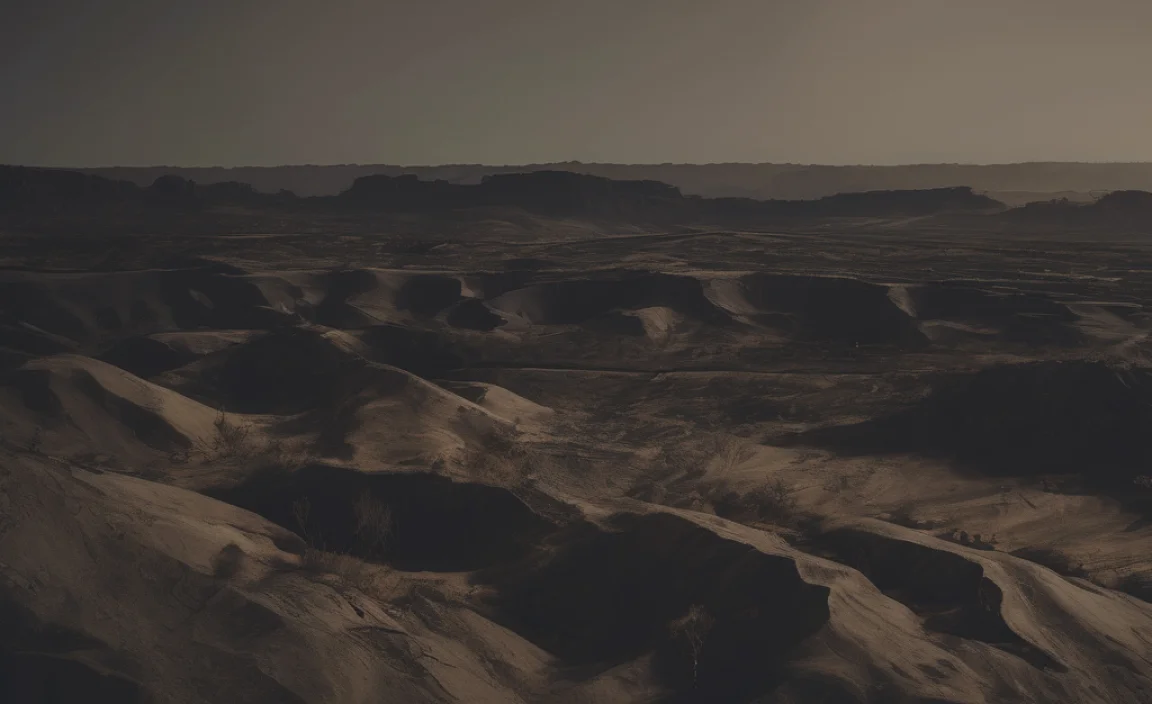
The Age of Exploration was an exciting time. Explorers like Columbus and Magellan discovered new lands. But not everything was wonderful. Dark historical facts show the challenges and dangers they faced. Many explorers met with storms, sickness, and struggles with native peoples. Their journeys changed the world forever, both positively and negatively.
- Explorers searched for new trade routes.
- They encountered unknown lands and peoples.
- Many explorers faced great dangers.
- Native peoples’ lives changed forever.
- Trade spread goods and ideas worldwide.
- Ships were often lost at sea.
- New maps were created during expeditions.
Exploration expanded the world’s horizons. It opened up new opportunities and brought about many changes. But not all changes were good. Dark historical facts remind us of the hardships and losses. Explorers’ stories are full of courage and curiosity, but also cautionary tales of respect and understanding.
Fun Fact or Stats : Columbus made four trips across the Atlantic Ocean from 1492 to 1502.
Who Was Columbus?
Christopher Columbus was an Italian explorer. He is famous for his 1492 voyage across the Atlantic Ocean. Columbus was searching for a new route to Asia but found the Americas instead. He made four trips to the New World, opening it up to European exploration. However, his voyages also led to negative impacts on native peoples. Columbus’s story is both inspiring and complex.
What Dangers Did Explorers Face?
Explorers faced many risks on their journeys. They sailed in wooden ships, which were often at the mercy of the sea. Storms, sickness, and a lack of food were common threats. Many explorers never returned home. Yet their bravery led to new discoveries and new lands. Would you have dared to set sail on such risky adventures?
How Did Exploration Change the World?
Exploration brought many changes, some good and some bad. New trade routes connected distant lands. Goods like spices, silk, and gold flowed across continents. But exploration also brought conflict and disease to native peoples. These dark historical facts show the dual nature of progress. Exploration expanded our world and brought both wealth and challenges.
Understanding The Industrial Revolution
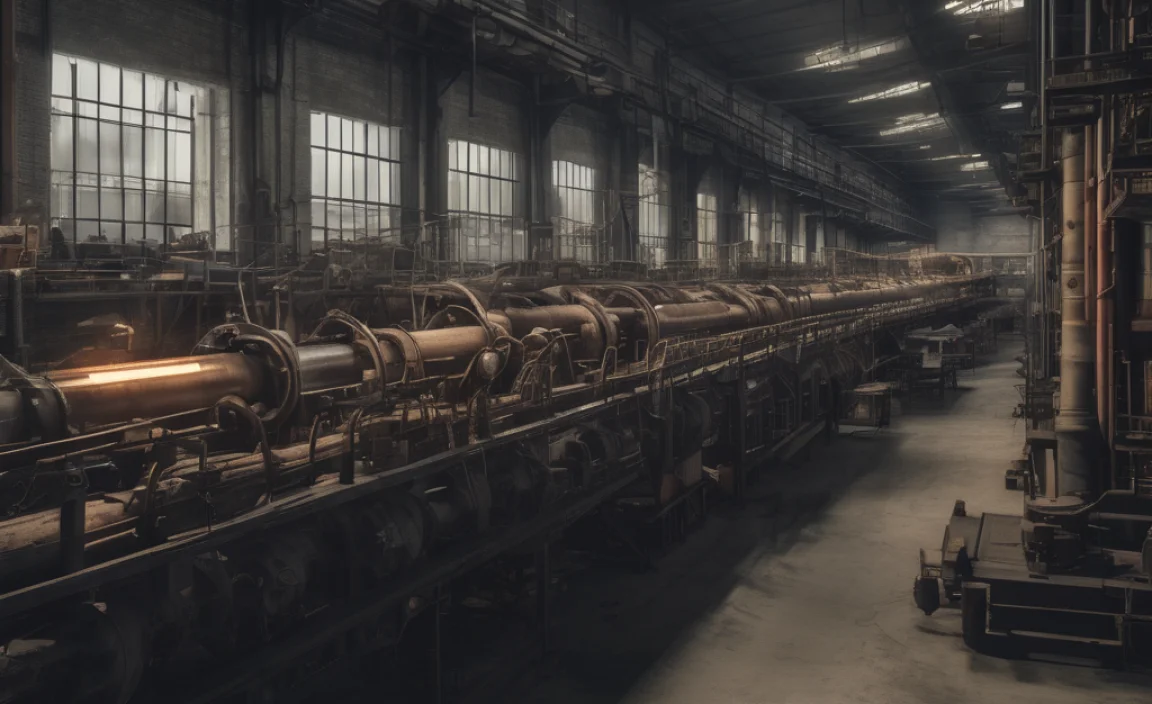
The Industrial Revolution transformed how people lived and worked. Machines replaced hand tools, and factories grew. Cities expanded rapidly as people moved from farms to work in factories. But this progress had a dark side too. Dark historical facts from this era reveal hard labor conditions, pollution, and child labor.
- Factories used machines to make goods.
- Jobs moved from farms to cities.
- Cities grew quickly and became crowded.
- Pollution increased with factories.
- Many children worked in harsh conditions.
- Inventions improved transportation and communication.
- Workers fought for better conditions and rights.
The Industrial Revolution was a time of great change. It brought about many new opportunities and inventions. However, it also highlighted the importance of fair work conditions and environmental care. Dark historical facts remind us of the importance of balance between progress and well-being.
Fun Fact or Stats : The steam engine was a major invention of the Industrial Revolution.
Why Did Cities Grow?
During the Industrial Revolution, cities grew rapidly. People moved to cities for factory jobs. These jobs were often better than farm work. But rapid growth led to overcrowded living conditions. Streets became busy, and air pollution increased. The fast-paced life of cities was exciting but challenging. Imagine moving from a quiet farm to a bustling city. How would you feel?
How Did Factories Change Work?
Factories changed how goods were made. Machines produced items faster than hand tools. This increased production and made goods more affordable. But factory work was often hard and dangerous. Workers faced long hours and poor conditions. Many children worked in factories too. These dark historical facts show why workers began to demand better conditions and rights.
What Were Some Important Inventions?
The Industrial Revolution was a time of innovation. Important inventions included the steam engine, telegraph, and spinning jenny. These made life easier and connected people. The steam engine powered factories and trains. The telegraph allowed messages to travel quickly over long distances. These inventions changed how people lived and worked, leading to modern advancements.
Conclusion
Dark historical facts reveal the mysterious and challenging parts of our past. They show us that history is full of lessons. By learning about these stories, we understand the world better. History teaches us about courage and creativity. It reminds us to always seek truth and understanding. What will you discover next?
FAQs
Question: What are dark historical facts?
Answer: Dark historical facts are mysterious or challenging stories from the past. They highlight the struggles, fears, and beliefs of people during different time periods. Learning about these facts helps us understand history better.
Question: Why is it important to learn about dark historical facts?
Answer: Learning about dark historical facts helps us understand history’s full picture. It teaches us about the challenges people faced. This knowledge helps us make better decisions today. It also encourages us to think critically about past events.
Question: What time period does the Black Death belong to?
Answer: The Black Death occurred during the medieval period, around the 14th century. It was a deadly plague that killed millions in Europe. This dark historical fact changed history by affecting population and society.
Question: What was the Age of Exploration?
Answer: The Age of Exploration was when explorers traveled to new lands and discovered unknown places. It occurred during the 15th to 17th centuries. This period had both exciting discoveries and challenging consequences.
Question: How did the Industrial Revolution change work?
Answer: The Industrial Revolution shifted work from farms to factories. Machines replaced hand tools. This increased production but also created difficult working conditions. These dark historical facts led to important social and economic changes.
Question: Why were pyramids built in ancient Egypt?
Answer: Pyramids in ancient Egypt were built as tombs for pharaohs. Egyptians believed these monumental structures helped their rulers in the afterlife. They are a fascinating part of Egypt’s dark historical facts and history.


